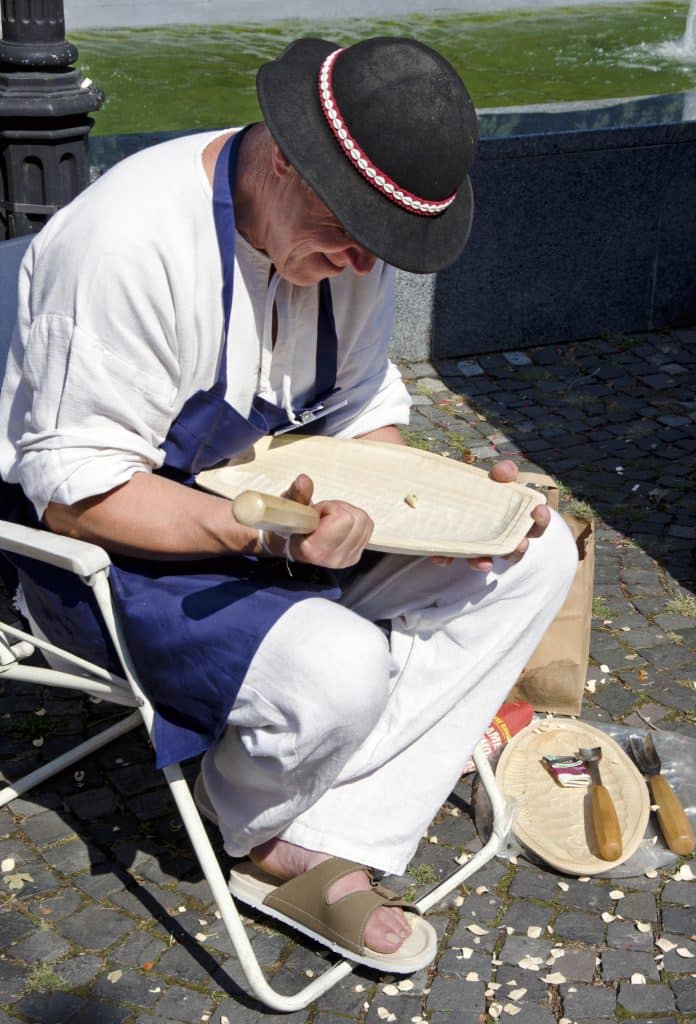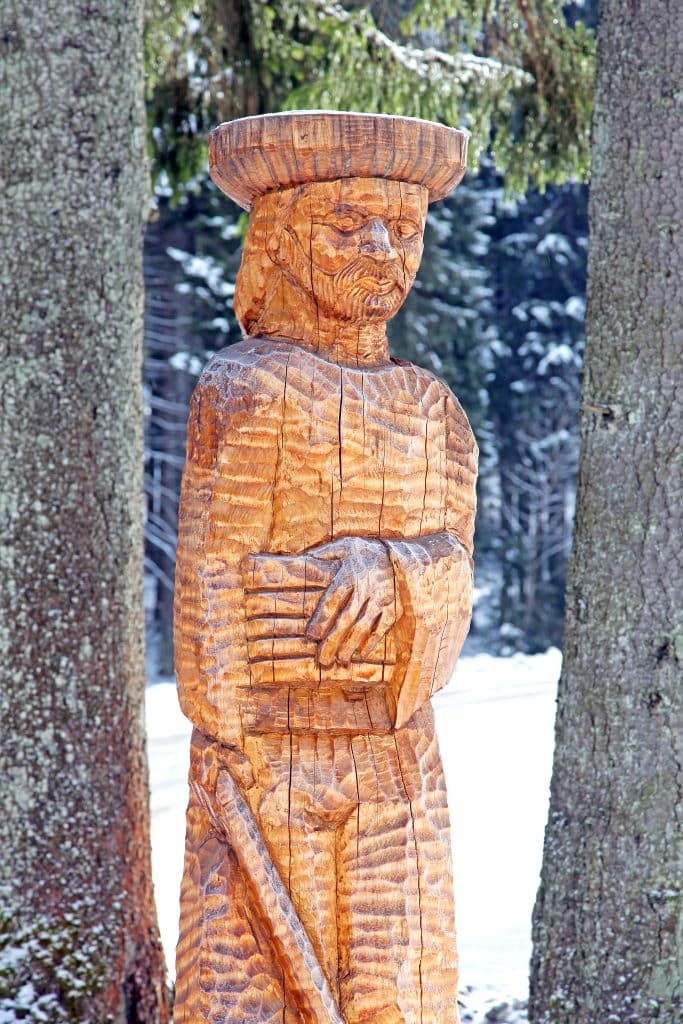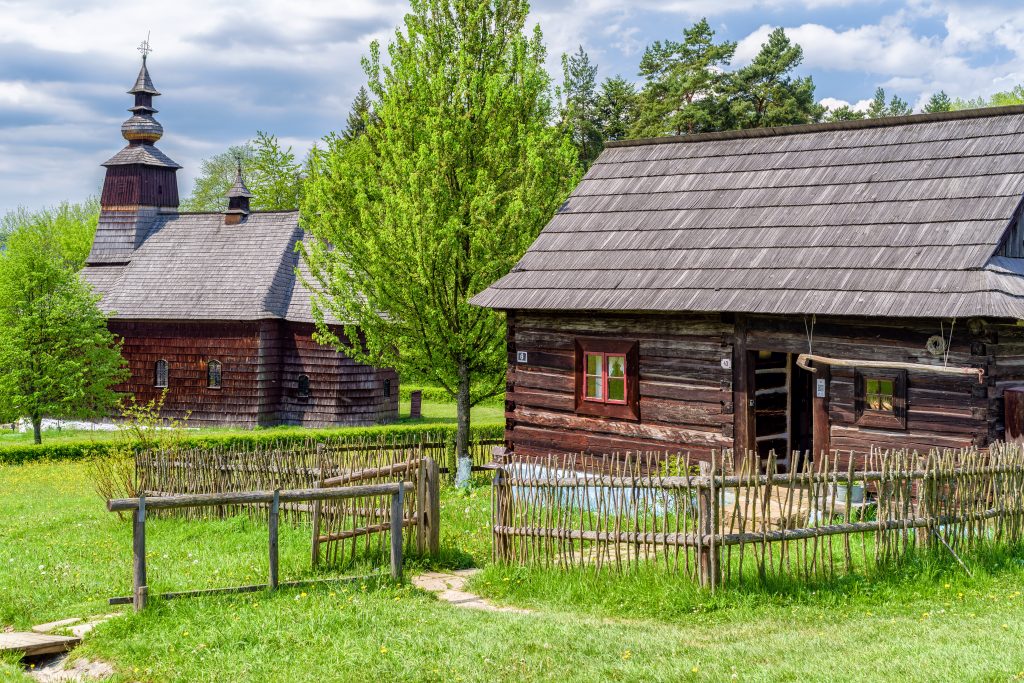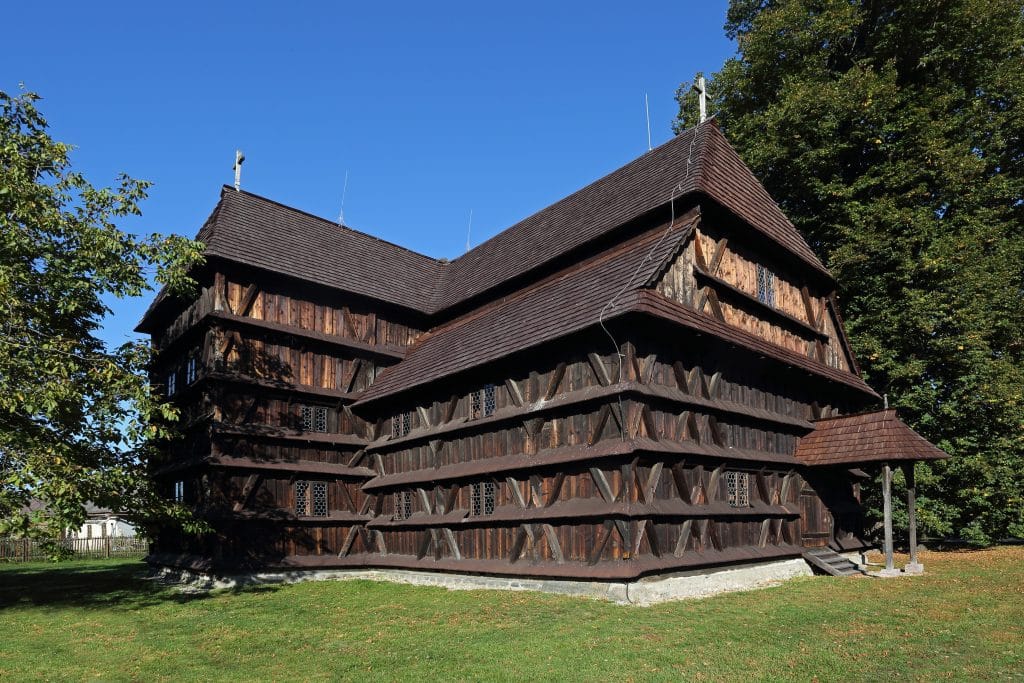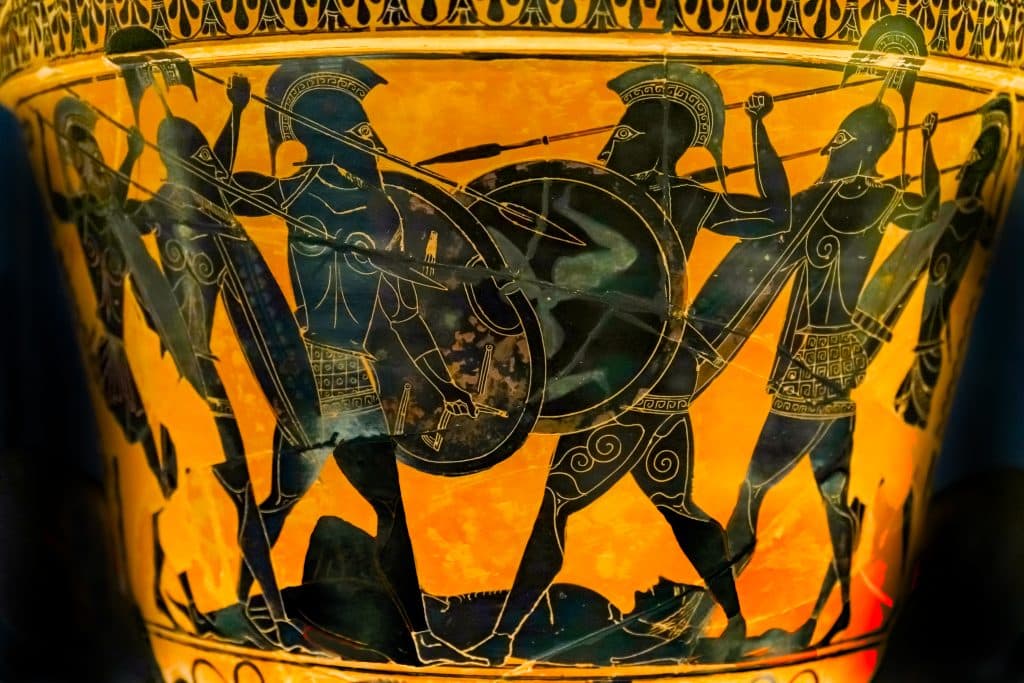A Brief History of Woodcarving in Slovakia
Woodcarving is a treasured craft with a rich history deeply intertwined with the cultural heritage of Slovakia. The artistry and craftsmanship of Slovak woodcarvers have been passed down through generations, leaving behind a legacy that showcases both artistic expression and traditional craftsmanship. In this article, we will delve into the origins of woodcarving in Slovakia, explore its cultural significance, and highlight the techniques that have shaped this captivating craft throughout its evolution.
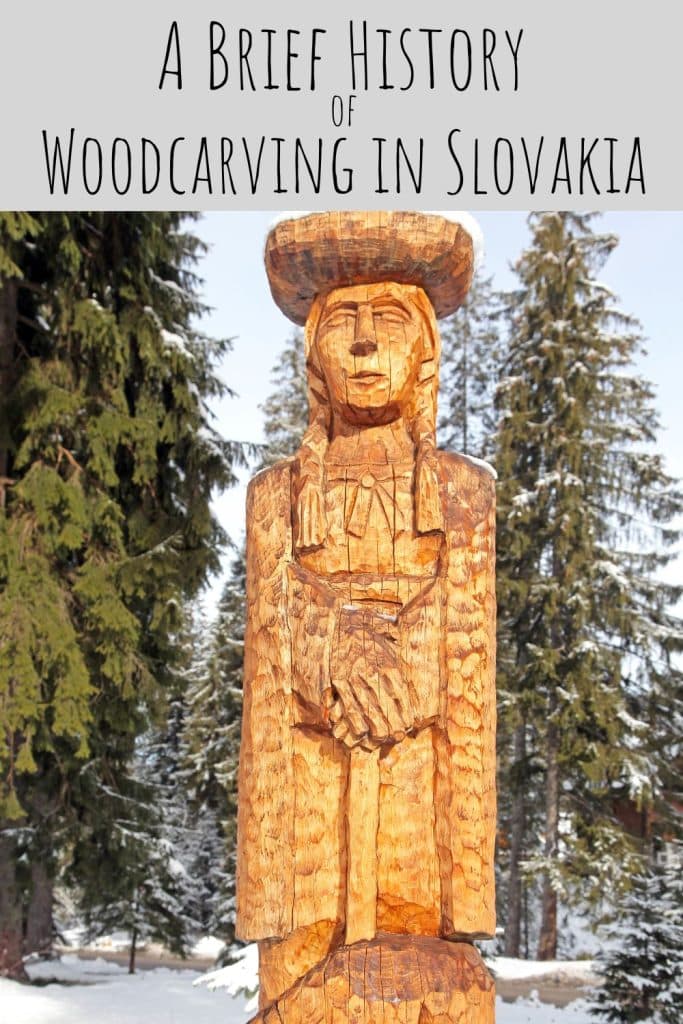
Origins of Woodcarving in Slovakia:
Woodcarving in Slovakia can be traced back centuries to the influence of various cultural and historical factors. The roots of this craft lie in the craftsmanship of Slovak artisans, who honed their skills to create practical and decorative wooden objects. From humble beginnings, woodcarving gradually flourished and became an integral part of Slovak cultural identity.
Cultural Significance of Woodcarving in Slovakia:
Woodcarving holds a significant place in Slovak culture, representing both artistic expression and utilitarian purposes. Traditionally, intricate wood carvings adorned the interiors of Slovak homes, churches, and other religious buildings. These meticulously crafted objects served as a testament to the artistic prowess and devotion of the woodcarvers.
Wooden sculptures and religious icons played a vital role in religious ceremonies and rituals, reflecting the deep-rooted spirituality of the Slovak people. The wood carvings often depicted religious figures, saints, and biblical scenes, communicating stories and inspiring devotion.
Beyond religious contexts, woodcarving also found its way into folklore and traditional celebrations. Elaborate wooden masks, intricately carved with symbolic motifs, were worn during festive events such as the annual carnival in villages across Slovakia. These masks, accompanied by traditional dances and performances, embodied a connection to ancestral spirits and the celebration of cultural heritage.
Evolution of Woodcarving Techniques:
Over time, woodcarving techniques in Slovakia have evolved and adapted to changing trends, influences, and demands. The earliest woodcarvings showcased simplistic designs and emphasized functionality. As the craft progressed, intricate ornamentation and detailing became more prevalent, reflecting the growing artistic ambition of woodcarvers.
Slovak woodcarvers embraced various carving techniques, including relief carving, chip carving, and freehand carving. Relief carving involves creating designs that project from the wooden surface, adding depth and dimension to the artwork. Chip carving utilizes precise knife cuts to create intricate patterns and textures, while freehand carving allows the artist to sculpt and shape the wood using chisels and other tools.
In recent times, woodcarvers have also incorporated modern tools and technology to enhance their craft. The use of electric tools and computer-aided design software has opened new avenues for experimentation and innovation while preserving the essence of traditional woodcarving techniques.
Woodcarving holds a significant place in Slovakia’s cultural landscape, embodying the spirit of artistic expression, religious devotion, and cultural heritage. From its humble beginnings, this craft has evolved and adapted to changing times while retaining its traditional techniques and aesthetic appeal. The woodcarvings of Slovakia stand as a testament to the skill, dedication, and creativity of its artisans, weaving a remarkable tapestry of cultural significance and artistic accomplishment.
By exploring the origins, cultural significance, and evolution of woodcarving in Slovakia, we gain a deeper appreciation for this captivating craft and its enduring impact on Slovak cultural identity.
Where can I experience Traditional Slovak woodcarving styles?
If you’re interested in experiencing the beauty of woodcarvings in Slovakia firsthand, there are several places where you can explore and appreciate this craft:
Open-Air Museums:
Open-air museums, such as the Museum of Folk Architecture and the Museum of Ukrainian Culture in Svidník, showcase traditional Slovak wooden architecture and often feature woodcarvings as part of their exhibits. These museums provide an immersive experience, allowing visitors to witness the craftsmanship and intricate details of woodcarvings in their original cultural context.
Churches and Cathedrals:
Many historic churches and cathedrals in Slovakia boast remarkable woodcarvings within their interiors. These intricate carvings adorn altars, pulpits, choir stalls, and other decorative elements. Notable examples include the wooden churches of the Carpathian Wooden Churches, a UNESCO World Heritage site, and the Gothic St. Elisabeth Cathedral in Košice.
Art Galleries and Craft Centers:
Various art galleries and craft centers across Slovakia exhibit and sell woodcarvings created by local artisans. Bratislava, the capital city, is home to numerous galleries and craft shops where you can find a wide range of woodcarvings, including sculptures, decorative objects, and religious icons.
Traditional Festivals and Markets:
Attending traditional festivals and markets offers an opportunity to witness live woodcarving demonstrations and purchase authentic woodcarvings directly from the artisans. Events such as the ÚĽUV Craftsmen Days, held in different regions of Slovakia, showcase the country’s traditional crafts, including woodcarving.
Woodcarving Workshops and Studios:
Some woodcarvers in Slovakia open their workshops and studios to the public, allowing visitors to observe the carving process, interact with the artisans, and even try their hand at woodcarving. This immersive experience provides valuable insights into the techniques and skills involved in this craft.
It’s important to note that the availability of woodcarvings and specific locations may vary, so it’s advisable to research and plan your visit in advance to ensure the best experience. Local tourism offices and cultural institutions can provide further information on specific destinations and events related to woodcarving in Slovakia.
For more brief histories, check out this post on Greek visual arts.


